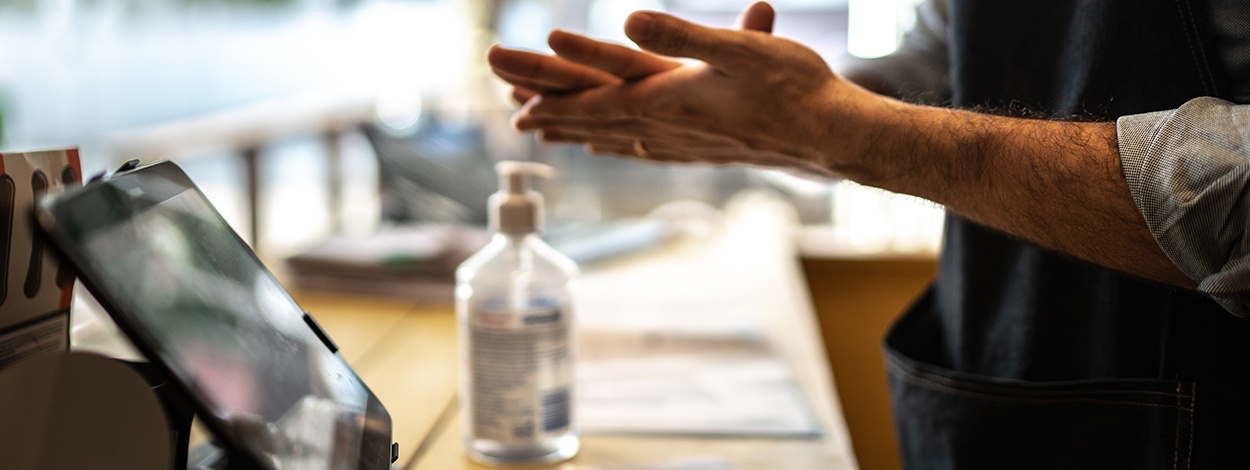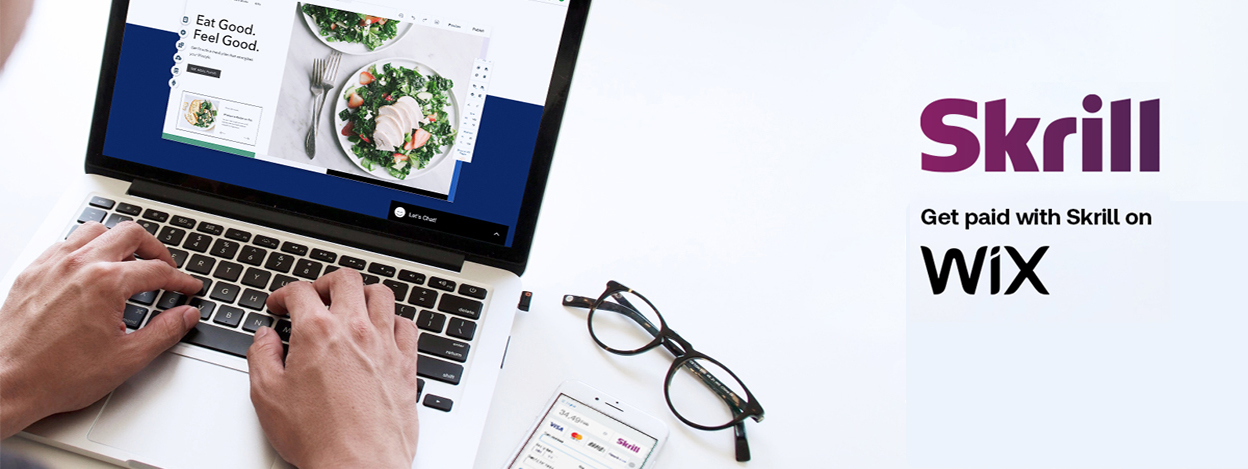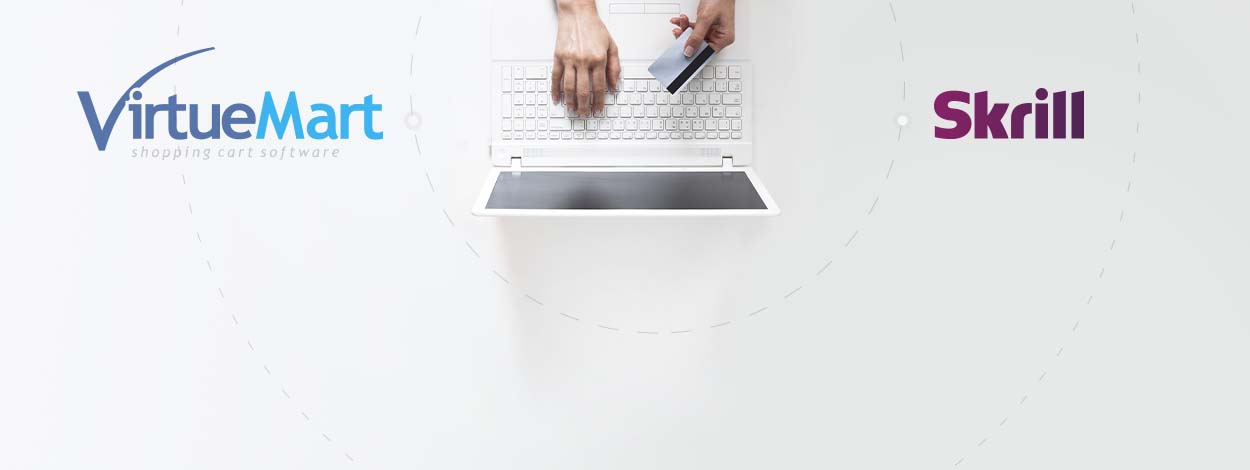How online businesses have been affected by COVID-19 and what to expect next
The coronavirus crisis has created a tectonic shift in buying behavior across the world. As emergency measures have been adopted and cities put on lockdown, consumers have shifted to buying more and more items online. In effect, year-to-year comparisons of revenue and the amount of orders in various eCommerce sectors saw spikes and drops as never before.
This shift raises questions about what businesses can expect in the near and long-term future. Has consumer behavior been altered irreversibly, or will things go back to "normal"? How have different sectors been affected, and what can businesses do to accommodate the current change in consumer behavior?
See below for an overview of how online businesses have been impacted by the coronavirus pandemic, and how implementing the right payment gateway can help your online business address some of these changes.
How COVID-19 shifted online shopping behaviors and attitudes
According to the World Trade Organization (WTO), the current coronavirus pandemic and the resulting lockdowns and social distancing measures have had a significant impact on shopping behaviors. As a result, some B2C, as well as B2B businesses, have seen a significant uptick in sales and eCommerce activity.
The COVID-19 Commerce Insight webpage is a great source of information on the effect of the pandemic on eCommerce business. Data comparisons per region show year-to-year increases in online sales of over 100% in some cases. The data includes retailers who mainly trade in physical stores as well as merchants who are strictly based online.
Of course, an increase in online sales is to be expected when people can’t buy them in person. So, while some online sales have skyrocketed, this trend isn't evenly distributed across all eCommerce sectors.
How have different industries been affected by the pandemic?
Naturally, essential items have seen a spike in online orders. Apart from food and beverages, other essential items include medical supplies and various types of medicine (in particular gloves, masks, cough medicine, and pain relievers).
But once the initial scurry had passed, and people had taken care of essentials and felt a certain amount of safety return, other buying trends began to stand out.
To describe such trends, Klaviyo, who has been monitoring eCommerce sales during the pandemic, has introduced the category of "new essentials". This category includes a variety of items from the following classes:
- Office supplies
- Health and fitness
- Beauty and cosmetics
- Toys and hobbies
- Housewares, home furnishings
- Home improvement
- Electronics
- Education
- Telecommunications, internet, and mobile data services
Products in all of the above categories have seen an uptick in eCommerce sales over the course of the last few months. Digital streaming services, as well as all kinds of subscription services, have also seen an increase. As people have become more homebound, they have naturally turned to new forms of entertainment but also education.
On the reverse side, some sectors have seen steep drops. This includes, among others:
- Luxury
- Fashion and apparel
- Tourism
While the list of sectors that are currently losing out may not seem large, just the luxury industry may see as much as a €40 billion decline in sales in 2020.
With that said, how are online shopping behaviors expected to change as lockdowns ease up? Will there be a "new normal" or are we going back to how things used to be?
Online shopping behaviors in post-pandemic times
In its report, the WTO highlights the "glaring need to bridge the digital divide, both within and across countries, given the central role the digital economy has played during the crisis."
It’s hard to reliably predict how online shopping behaviors will change in the long term. The extent to which trends continue will depend on how long social distancing measures last and whether further lockdowns are brought in.
It is expected, though, that while a certain amount of people may go back to shopping in brick and mortar stores, eCommerce purchases will remain at higher levels than before.
Even though supply chains were strained and businesses overwhelmed, consumers have come to see that shopping online offers them time savings and efficiency. Another important motivator for consumers has been the realization that they don't need to sacrifice security for convenience.
What can small and mid-sized businesses do to address the current situation?
As the pandemic is expected to slow down in the coming months before possibly picking up later in the year, businesses now have the opportunity to make adjustments to their websites and online presence. A good online presence includes both an optimized and user-friendly website, as well as participation on social media and online advertising.
You can start by exploring the tools and resources offered by Google as part of their help for small businesses during the pandemic. These resources include free digital skills training to help you understand and manage the various elements of leading an online business.
In addition to gaining digital skills, you can also gather ideas and inspiration from other experts in your line of business about how to start your online pivot. For example, consider implementing some of the following recommendations provided for small businesses online.
How a good payment gateway can help you win more customers
Along with the above, a good payment gateway is key to your eCommerce sales. Shopping cart abandonment is one of the biggest issues that eCommerce merchants face. Frequently, this is a direct result of factors such as lack of payment options or a long and complex payment process.
Reversely, your payment gateway can help you retain customers by making it easier for them to check out. Signs of a good gateway include:
- Offers a variety of payment options and currencies
- Allows for quick checkout or easy account creation
- Simplifies and shortens the payment process
- Does not introduce any extra costs
- Provides the option to pay with a digital wallet
- Offers high customer data security
A good payment gateway isn’t only important for the customer experience; it helps make your operations efficient too. Your gateway should be easy to implement and reduce the time and effort it takes to manage customer payments.
Skrill is available for all major shopping cart solutions and requires only a simple setup to become available on your website. Moreover, you only need one business account to store all of your payments (even in different currencies).
If you’d like to offer your customers more payment options and a better checkout experience, consider implementing Skrill for your online shop. Don’t forget to make use of our exclusive reduced fee offer and start accepting payments today.





